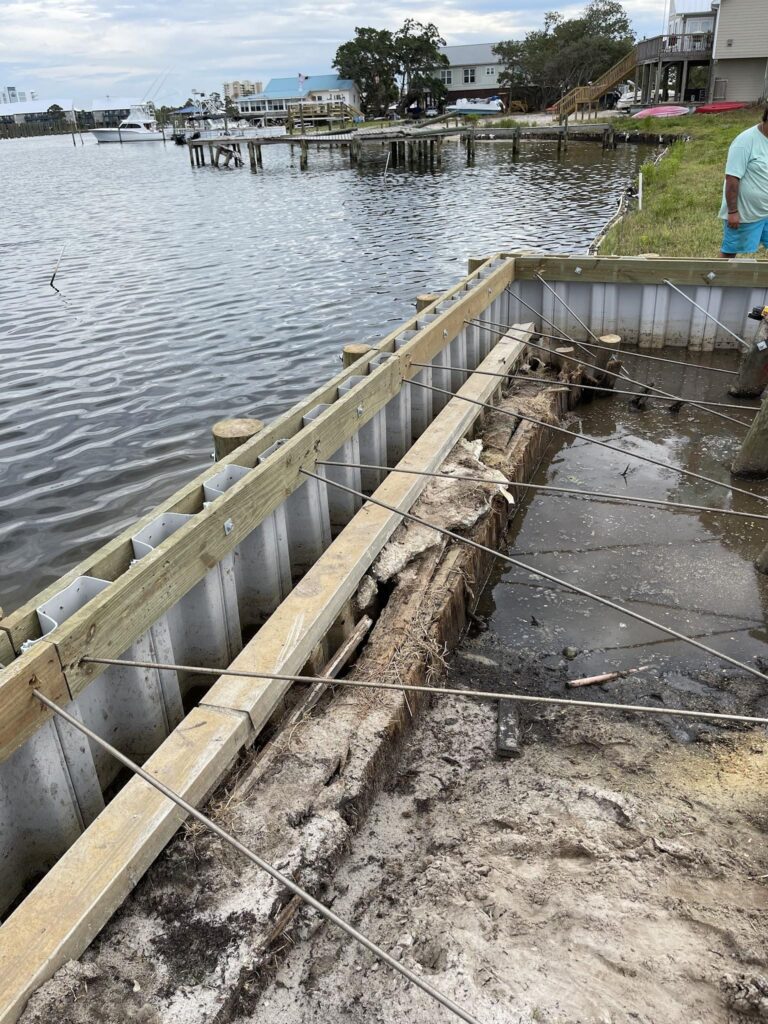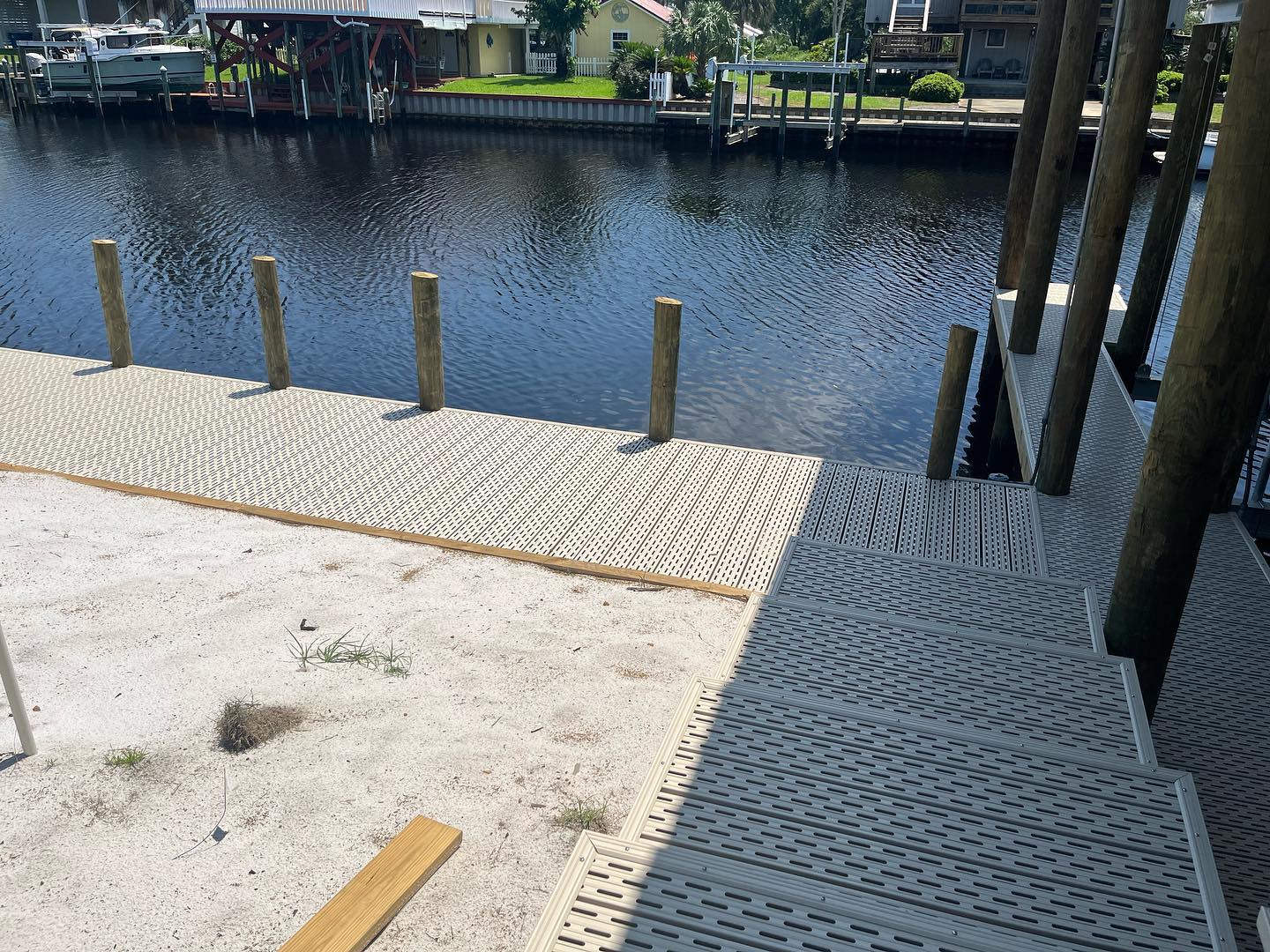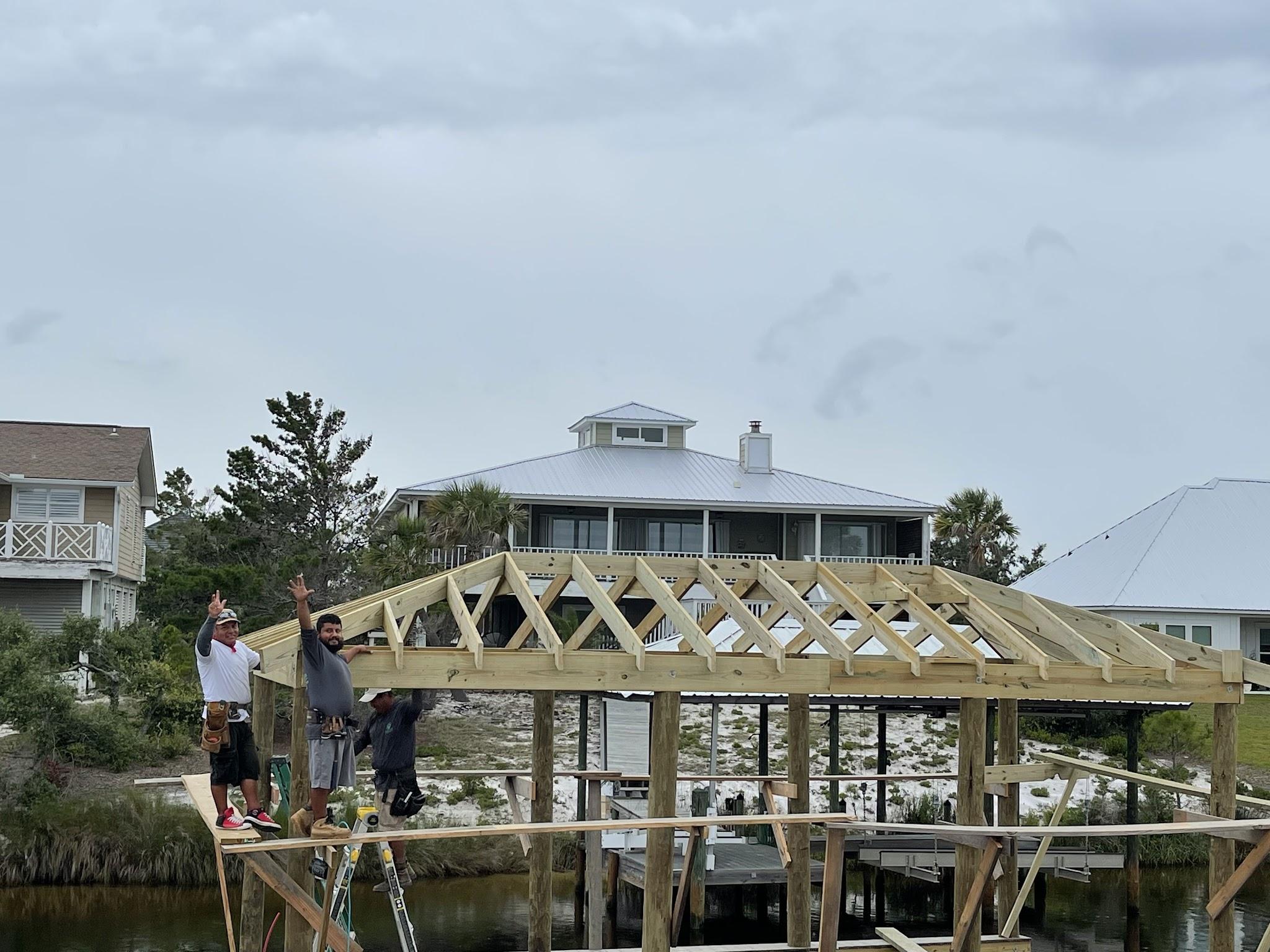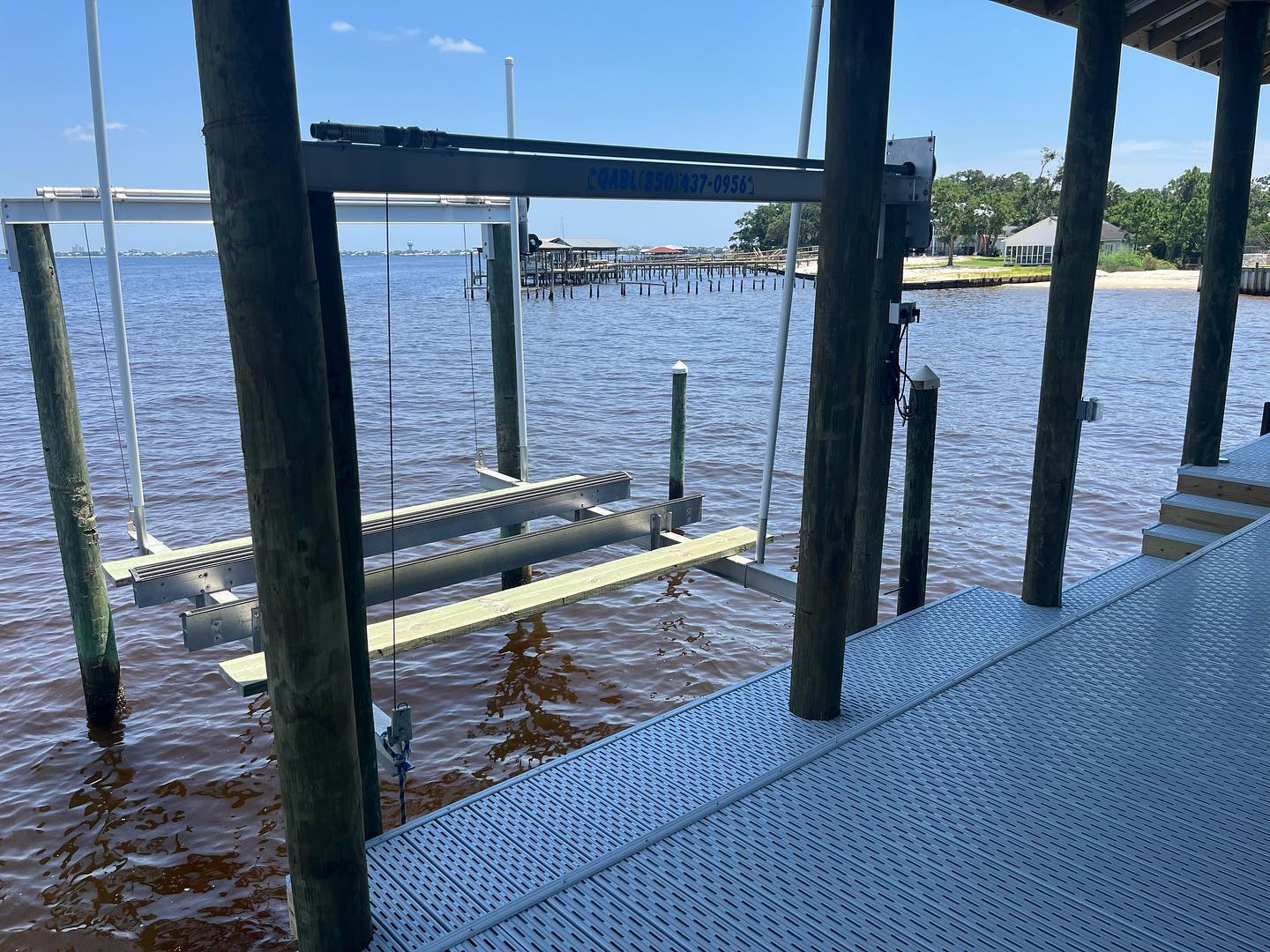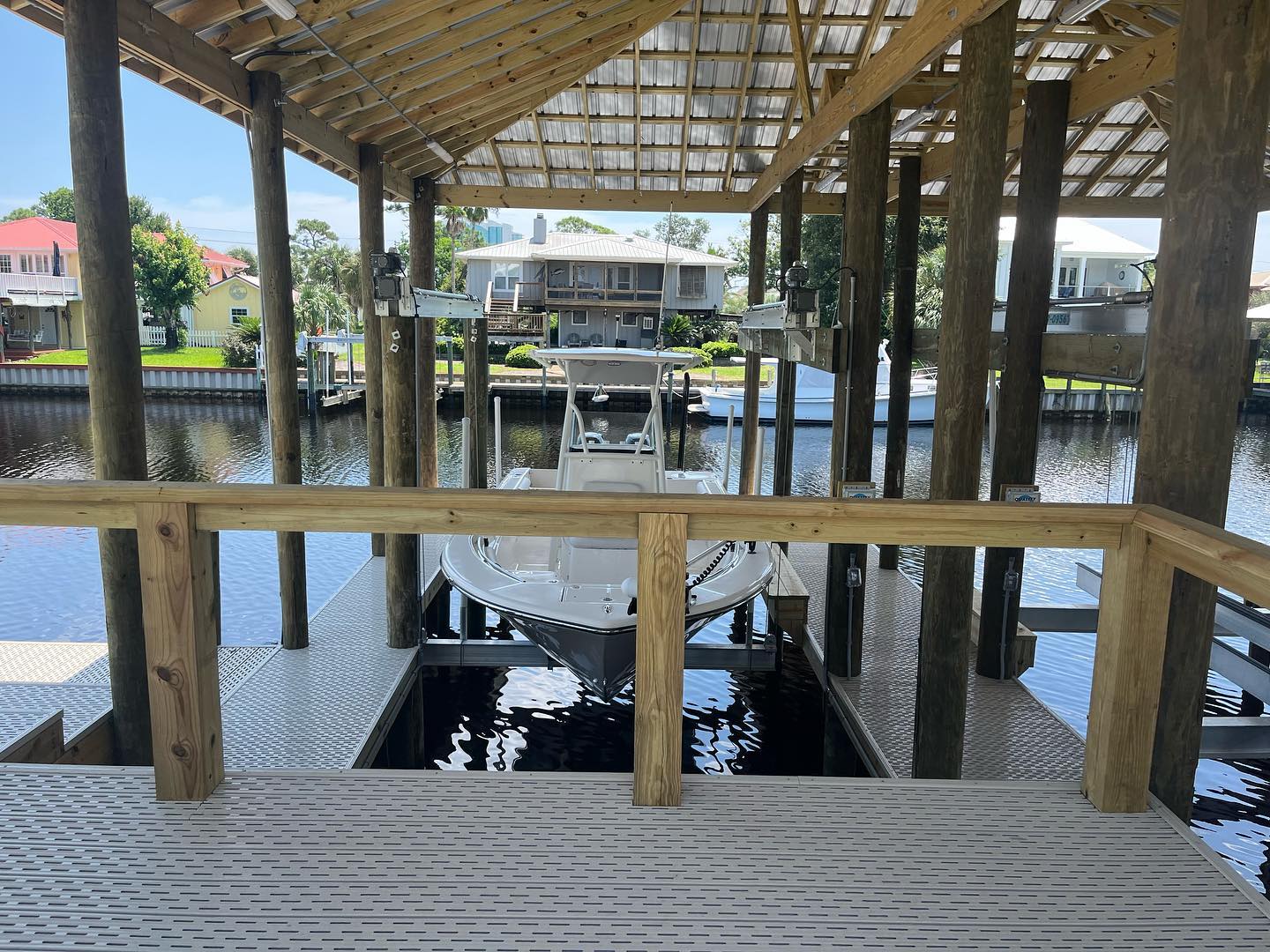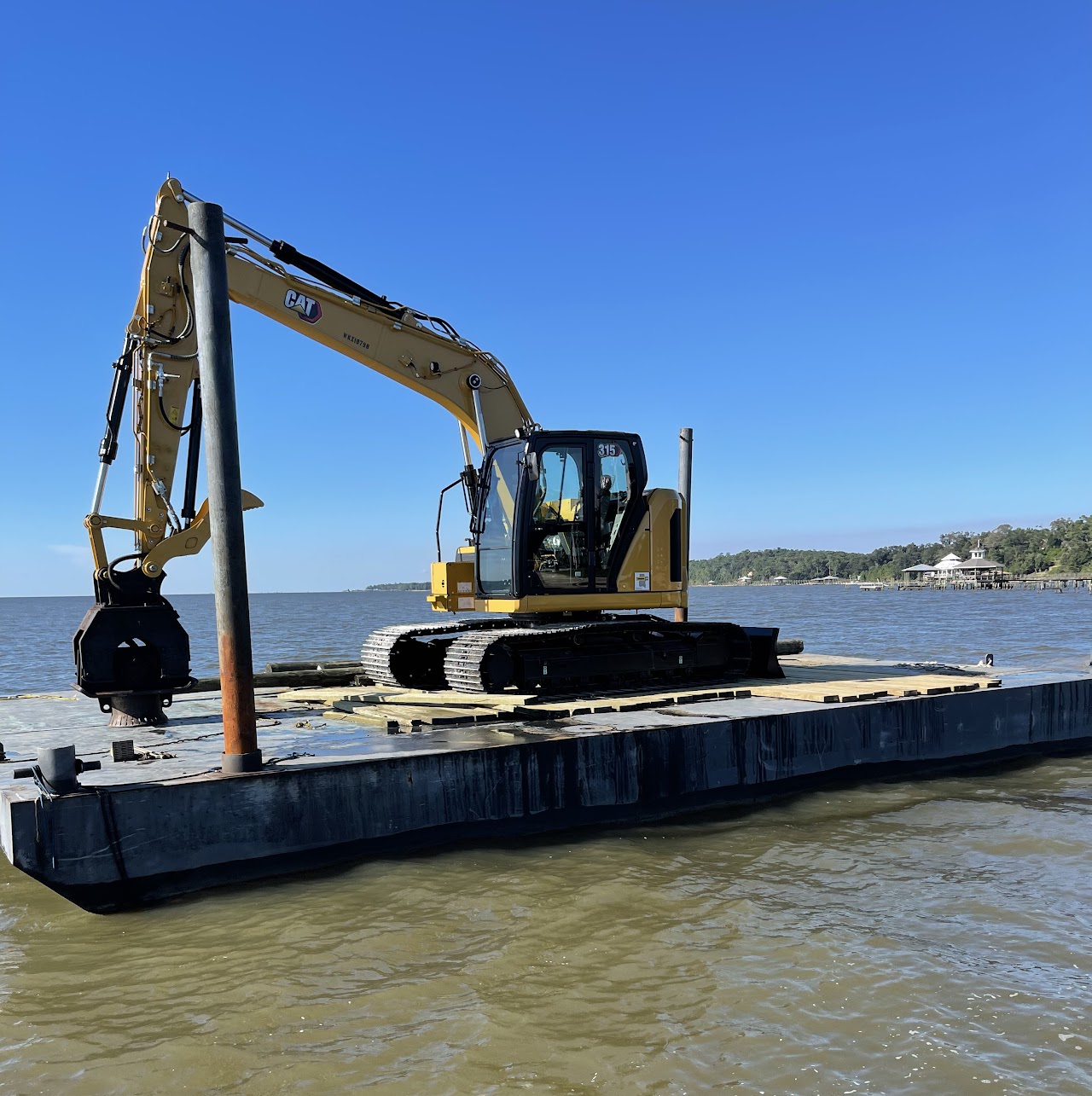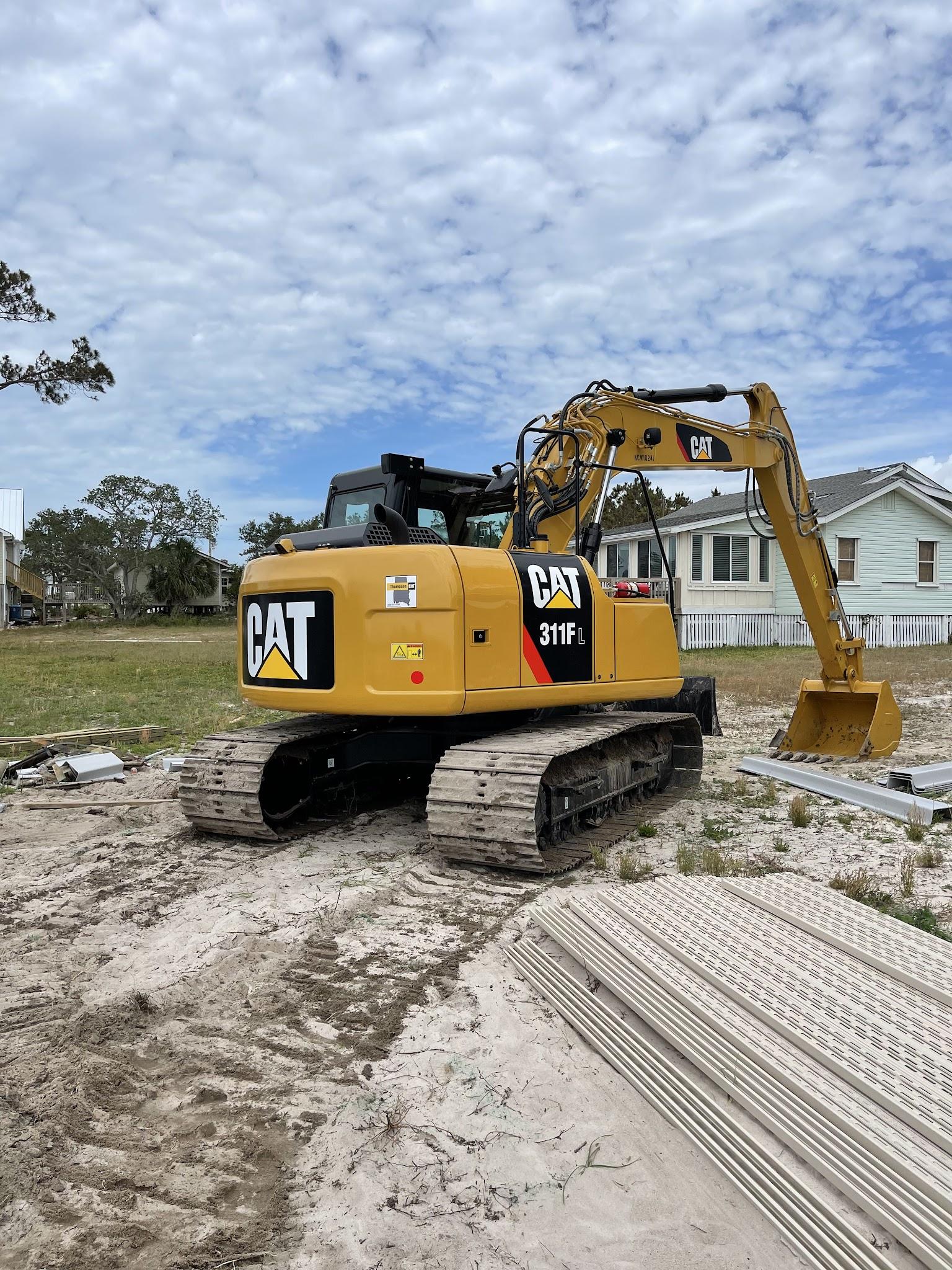Living or working near the water is a dream for many—but maintaining that dream means keeping a watchful eye on the very structures that protect your shoreline. Seawalls are critical to the safety, stability, and value of waterfront properties. They shield against erosion, preserve usable land, and prevent flooding. But like any structure exposed to the elements, seawalls don’t last forever. Over time, even the strongest marine barriers begin to show signs of wear. Recognizing these early warning signs can help homeowners, marina operators, and developers avoid costly repairs, property damage, and dangerous conditions.
A failing seawall often doesn’t collapse overnight. Instead, deterioration typically progresses gradually and often goes unnoticed until major issues appear. That’s why understanding the early indicators of structural failure is key. In this blog, we’ll explore how to spot those signs, what they mean, and when it’s time to bring in a professional marine construction expert. Whether you’re managing a busy marina, overseeing a commercial waterfront, or simply maintaining your own slice of paradise, this knowledge will help protect your property—and your peace of mind.
Why Seawalls Fail: The Natural Forces at Play
Before diving into specific warning signs, it’s important to understand why seawalls degrade in the first place. These structures are constantly under pressure from both water and land. The force of waves, tides, and storms pound the seawall from the front, while hydrostatic pressure from groundwater and soil presses from behind. This dual stress causes fatigue over time, especially when drainage is poor or materials begin to break down.
Saltwater exposure accelerates corrosion, particularly in metal reinforcements. Temperature changes cause materials to expand and contract, leading to cracks. Biological factors like barnacles, marine plants, and burrowing animals can also weaken structural components. Add in years of natural wear and tear, and it becomes clear that routine inspection and maintenance are essential—not optional.
The Most Common Early Warning Signs of Seawall Failure
Spotting trouble early is your best line of defense. Small issues may seem harmless at first, but they can indicate deeper structural problems beneath the surface. Keeping a close eye on these signs can help you stay ahead of expensive or catastrophic failures.
Cracks in the seawall surface are one of the most visible signs of stress. While minor hairline fractures may occur naturally as materials age, wide or spreading cracks—especially those that change shape or grow over time—suggest structural movement. These cracks may allow water to infiltrate and erode the base of the seawall, accelerating failure.
Leaning or bowing is another critical red flag. A seawall that’s beginning to tilt forward or bulge outward is under extreme pressure. This is often caused by poor drainage behind the wall, where waterlogged soil creates intense hydrostatic pressure. Left unaddressed, this pressure can eventually push the wall past its structural limits.
Soil loss behind the seawall is a subtle but serious issue. If you’re seeing depressions, sinkholes, or pooling water just inland of the seawall, the structure may be leaking. Water passing through or under the seawall carries soil with it, leaving voids that weaken the ground and put foundations, landscaping, and walkways at risk.
Displaced or missing caps and panels are signs that parts of the seawall have begun to move or degrade. When structural components shift or fall out of alignment, water finds new pathways through the wall, making the problem worse over time. Even one missing panel can compromise the integrity of the entire system.
Corrosion and rust stains around joints, anchors, or rebar are indications that metal components have begun to fail. This is particularly common in older seawalls built with steel or rebar reinforcements. Once corrosion sets in, it often spreads quickly, weakening the entire framework of the wall.
Visible water intrusion through joints or drainage weep holes may suggest that water isn’t draining properly behind the wall. Seawalls are designed to allow water to escape from the land side while blocking it from the water side. When this balance is disrupted, pressure builds and failures occur.
Understanding the Stakes: Why Early Intervention Matters
Many property owners ignore early signs of seawall failure, assuming they can put off repairs until more noticeable damage appears. Unfortunately, waiting often leads to higher repair costs and greater risks to property, safety, and the environment. A failing seawall can result in land erosion, flooding, structural damage to buildings and docks, and loss of usable waterfront space.
For marinas and commercial waterfronts, the consequences can be even more significant. Dock instability, damage to boats, and liability for injury or property damage all stem from ignoring foundational issues. Insurance premiums may also increase when evidence of poor maintenance emerges during inspections or claim investigations.
Addressing issues while they’re small allows for more manageable repairs, such as patching cracks, re-compacting soil, or replacing individual panels. Once structural compromise becomes advanced, full reconstruction may be necessary—an investment that can cost significantly more in time, money, and disruption.
How Regular Inspections Can Extend the Life of Your Seawall
Routine inspections by a qualified marine construction professional are your best defense against unexpected failure. An expert can evaluate your seawall’s condition with a trained eye, often using tools like ground-penetrating radar, sonar, or underwater video to identify problems that aren’t visible above the surface. These inspections provide valuable peace of mind and help you budget for repairs or maintenance before they become emergencies.
Most marine construction experts recommend an annual inspection for seawalls more than 10 years old or in high-traffic areas. For newer seawalls, a check-up every two to three years may be sufficient—especially if the property has seen no major storms or surges. After hurricanes, unusually high tides, or construction nearby, it’s always a good idea to schedule an extra assessment.
You can also perform basic visual inspections yourself between professional visits. Walk the length of the wall and look for cracks, soil erosion, standing water, or any of the warning signs discussed earlier. Take photos of anything unusual and compare them over time. If something seems to be worsening, don’t hesitate to call a professional.
Choosing the Right Marine Construction Partner
When it comes time to repair or replace your seawall, the quality of your marine construction partner makes all the difference. Look for a contractor with extensive experience, the right licensing, and a strong reputation for precision and professionalism. Ask about the materials they use, especially if you’re in a high-salinity area where corrosion is a major concern.
A reputable contractor will offer more than just a quick fix. They’ll take time to explain your options, recommend long-term solutions, and help you plan for future maintenance. Depending on your property and needs, they may suggest upgrading to more durable materials, adding riprap for extra shoreline protection, or improving drainage to relieve pressure behind the wall.
They should also be familiar with local permitting requirements, environmental regulations, and coastal development guidelines. Marine construction isn’t just about pouring concrete—it’s about building structures that withstand nature while working in harmony with the shoreline.
Final Thoughts: Stay Ahead of the Waterline
Your seawall is one of the most important structures on your property, and its condition directly impacts your home, business, and investment. By staying vigilant and proactive, you can extend its lifespan, protect your land, and avoid emergency repairs that cost far more than routine maintenance.
If you suspect your seawall may be compromised—or if it’s been several years since your last inspection—don’t wait. Reach out to a trusted marine construction professional and schedule an evaluation. With the right knowledge and support, you can keep your shoreline strong, safe, and secure for years to come.

